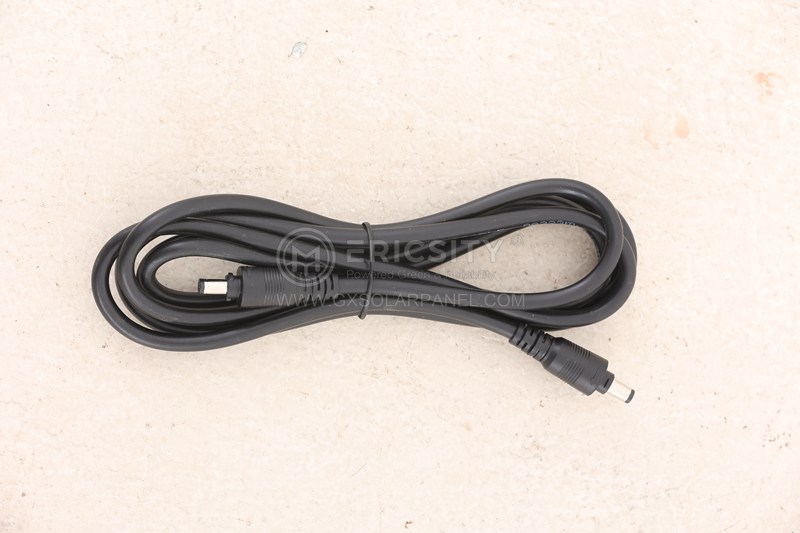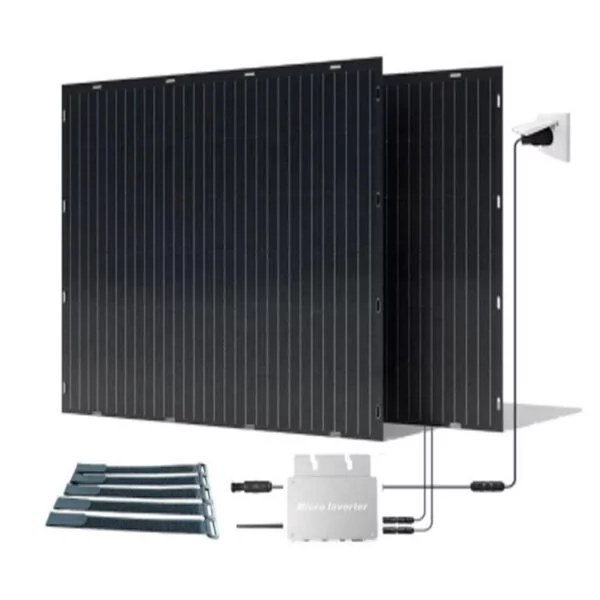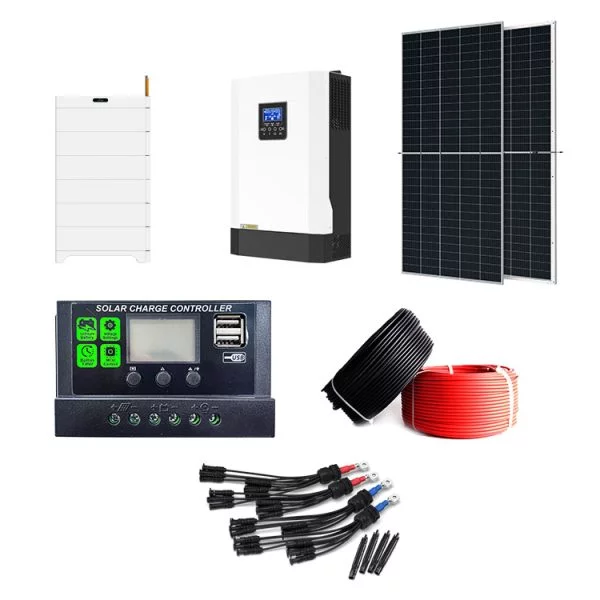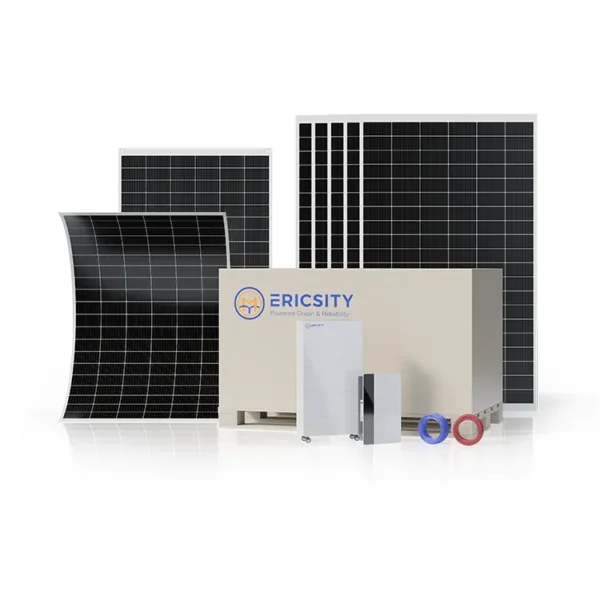HOT PRODUCT
Product Details
The Science Behind 200 Watt Portable Solar Suitcases: How They Generate Power
The Science Behind 200 Watt Portable Solar Suitcases: How They Generate Power
In recent years, portable solar panels have gained popularity as a clean and sustainable energy solution for outdoor activities, emergency situations, and even off-grid living. Among the various options available, 200 watt portable solar suitcases have emerged as a practical and efficient choice. These compact and lightweight solar systems are designed to harness the power of the sun and convert it into electricity. In this article, we will explore the science behind these solar suitcases and how they generate power.
Solar panels are the heart of any solar power generation system, including portable solar suitcases. These panels are made up of small units called photovoltaic (PV) cells, which are responsible for converting sunlight into usable electricity. Each PV cell is comprised of layers of semiconductor materials, typically silicon, that form a p-n junction. When sunlight hits the surface of the cell, photons from the sunlight excite the electrons in the silicon atoms, creating an electric current.

To maximize the efficiency of solar panels, multiple PV cells are connected in series or parallel to form modules. These modules are then linked together to create a solar panel. In the case of 200 watt portable solar suitcases, the panels are specifically designed to generate 200 watts of power under optimal sunlight conditions. The wattage rating indicates the amount of electricity the panel can produce under standard test conditions.
Portable solar suitcases also incorporate a mechanism for the tracking of the sun’s movement. This feature ensures that the solar panels are positioned at the optimal angle towards the sun throughout the day, maximizing the amount of sunlight they receive. A tracking system can significantly improve the power output of the panels, especially in areas where the sun’s position changes throughout the day.
To convert the direct current (DC) electricity generated by the solar panels into alternating current (AC) electricity for regular use, portable solar suitcases also include an inverter. The inverter is a crucial component that transforms the DC electricity into the necessary AC voltage and frequency, allowing it to be used by appliances, devices, or even to charge batteries.
Furthermore, a charge controller is typically integrated into portable solar suitcases to protect the battery system from overcharging. The charge controller regulates the flow of electricity from the solar panels to the battery, preventing excessive charging that could damage the battery and ensuring efficient storage of the generated power.

The energy generated by the solar panels in the portable solar suitcase can be stored in a battery for later use when sunlight is not available. These batteries can be charged and discharged multiple times, providing a reliable source of power during the night or on cloudy days. Batteries used in portable solar suitcases are typically deep-cycle batteries, specifically designed to withstand repeated charge and discharge cycles.

In conclusion, the science behind 200 watt portable solar suitcases is based on the photovoltaic effect, which converts sunlight into electricity using semiconductor materials. The solar panels in these portable systems consist of interconnected PV cells, designed to maximize power generation. Additional components such as inverters, charge controllers, and batteries are incorporated to ensure efficient conversion, storage, and utilization of the generated power. With their compact size, lightweight design, and ability to generate electricity from the sun, portable solar suitcases offer a practical and sustainable power solution for various outdoor activities, emergencies, and off-grid living.




